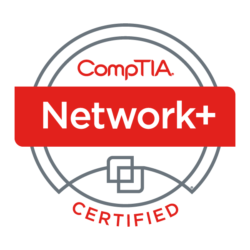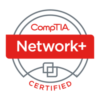Course Overview
<span class=”notranslate”>CompTIA Network+</span”> is a widely recognized certification in the field of networking, and it aims to provide a vendor-neutral foundation for networking professionals. Here’s a breakdown of the points you mentioned:
- Support Networks on Any Platform:This implies that the skills and knowledge gained through CompTIA Network+ are not limited to a particular vendor’s products or technologies. Professionals with this certification should be able to work with various networking environments and equipment, making them versatile and adaptable.
- Learn Specific Networking Skills: CompTIA Network+ focuses on specific skills that are essential for network professionals. These skills may include network design, implementation, troubleshooting, security, and management. The certification aims to provide a well-rounded understanding of networking concepts and practices.
- Start Your Infrastructure Journey: This suggests that CompTIA Network+ is a starting point for individuals looking to build a career in network infrastructure. The certification is designed to equip candidates with the foundational knowledge and skills required to design and implement functional networks effectively.
Overall, the emphasis on vendor-neutrality, specific networking skills, and providing a starting point for a career in network infrastructure makes CompTIA Network+ a valuable certification for those entering or advancing in the field of networking.
What Skills Will You Learn?




